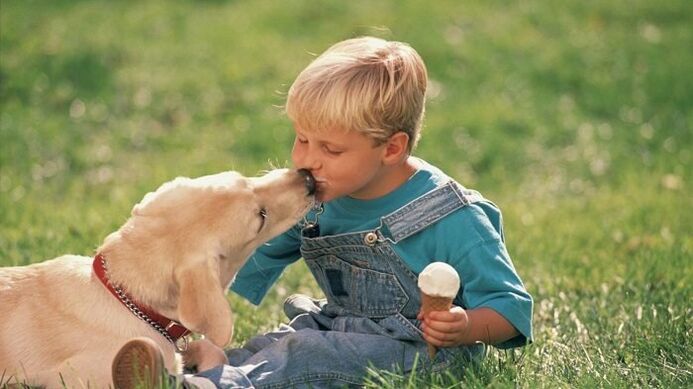
Helminth infection is one of the most common childhood diseases. According to official statistics, more than 20 million people are affected by helminthic infections, 80% of whom are children. The symptoms of the presence of worms in the body are not always pronounced. Consider what are the main signs of helminth infection in children, their treatment methods and preventive measures.
Types of helminths
There are more than 300 species of worms. All of them can be divided into three groups:
- Nematodes (worms, roundworms, whipworms).
- Tapeworms (bovine tapeworm, pig tapeworm).
- Fluke worms (Siberian cat and bat).
Most often, children have worms that belong to the first group. Among them:
- Roundworms are long worms with sharp edges. The color can be different: from pink to yellow. Adults parasitize the small intestine. Roundworms grow rapidly - the female is able to lay up to 240, 000 eggs a day;
- Pinkworms - belong to the roundworms and small sizes. They are usually white or yellow. Females lay eggs near the anus and in the perineum. Eggs become infectious after a few hours.
- Vlasoglavs are round worms with thin front edges, with which they are able to pierce the intestinal wall. At the same time, whipworms are saturated with its blood and poison the rest of the organs with their waste. The secretions are absorbed into the bloodstream and carried throughout the body.
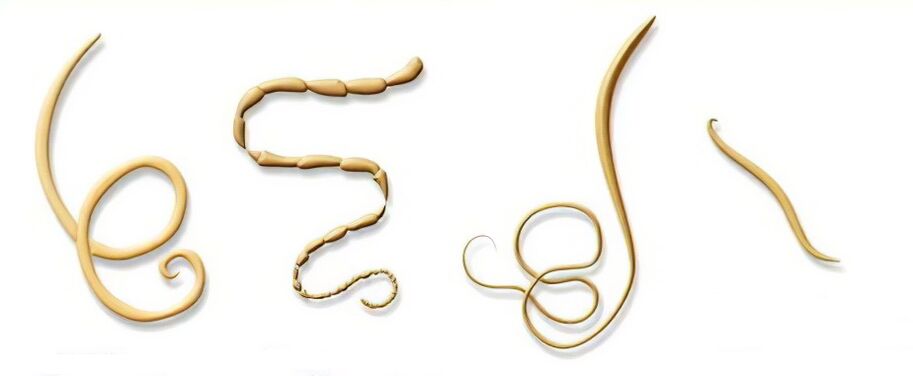
Important! Sometimes parents do not even suspect that helminths have been placed in their child's body. In the chronic stage, the disease may be asymptomatic.
Experienced doctors say that with a thorough examination, the worms can be found even in a healthy external child.
How children become infected
It would be fundamentally wrong to think that worm infection occurs from inadequate child care. Cases of helminth infection are not uncommon in the most affluent and cured children. The main source of infection is dirty hands. An active child learns the world around him and spends a lot of time outside, in the garden, on the playground and in the sandbox. These are places of considerable accumulation of worm eggs. There are frequent cases of infection by animals that children like to play with.
Unwashed vegetables and fruits are another risk. Especially those species whose fruits are in contact with the soil, such as strawberries, should not be eaten unwashed.
Important! You should not think that peeled fruits (bananas, tangerines, oranges) will be absolutely safe. Before eating, they should be washed as well as other fruits.
You can become infected with worms by eating fresh cow's or goat's milk. If the animal is kept in conditions that do not meet hygienic standards, it is not surprising that parasites are placed in its milk. Another cause of worms can be meat and fish that are not cooked properly.
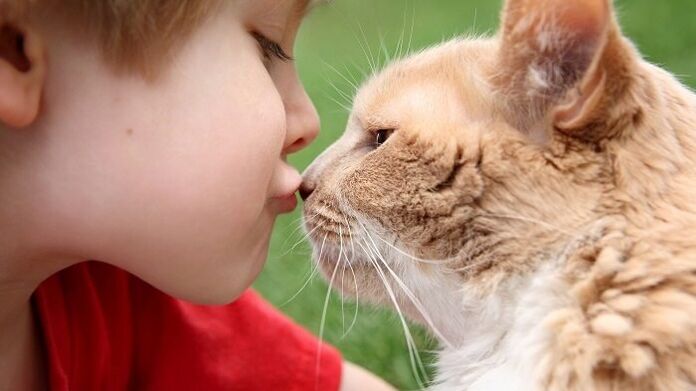
Infection cannot be avoided if the child has not developed hand hygiene habits before eating and after using the toilet. Bad habits of biting nails, sucking fingers, biting the tip of a pen or pencil are not at all harmless, as it seems at first glance, as the baby's hands are not always clean enough. It is absolutely unacceptable for a child to pet or treat stray cats or dogs.
Common symptoms
All the signs of the appearance of worm infection can be divided into general and specific, which are characteristic of some types of parasites. The presence of general intoxication in the body of children can be judged by the general manifestations of worm lesions:
- bowel disorders (constipation, diarrhea);
- frequent dizziness, nausea, bad breath;
- sharp weight loss due to the fact that parasites absorb most of the nutrients from food;
- dermatological diseases (skin rash, papilloma, diathesis, brittle nails);
- nervous system disorders (mood, tears, poor sleep and chronic fatigue of the child);
- low hemoglobin levels;
- immune disorders, which leads to frequent viral diseases;
- low resistance to respiratory diseases (sinusitis, nasal polyps, adenoids);
- allergic reactions.
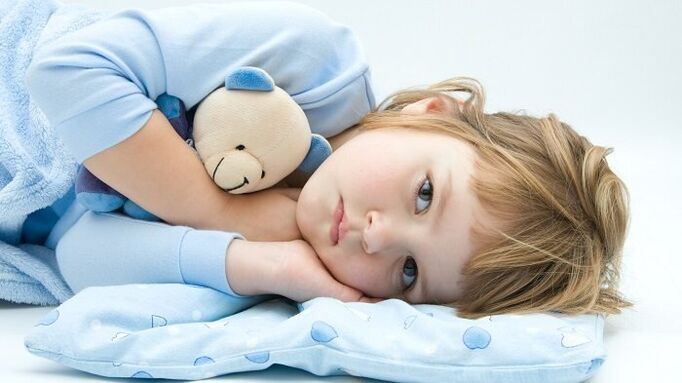
Important! Conventional prophylactic vaccination may be a signal of the presence of parasites. If it is accompanied by severe allergic reactions, a visit to the parasitologist is necessary!
Signs of worm infection
Careful parents want to know what worms look like in a child's feces. Usually worms in the pot or near a child's anus can only be seen in advanced cases. As a rule, it is rarely possible to see them with the naked eye. But an attentive mother will always pay attention to the following symptoms:
- itching of the anus;
- abdominal pain, especially around the navel;
- salivation, vomiting;
- the anxiety of a child who often wakes up or is disturbed in sleep;
- gnashing of teeth during sleep (no conclusive medical evidence).
If a child itches in the anus, especially at night, it leads to the appearance of parasites on the hands, and later on the skin of the whole body. As a result, inflammatory skin diseases are possible. Combing the anus is also dangerous because it contributes to the re-infection with worms when the child, without washing his hands, takes food, toys or pulls them into his mouth.
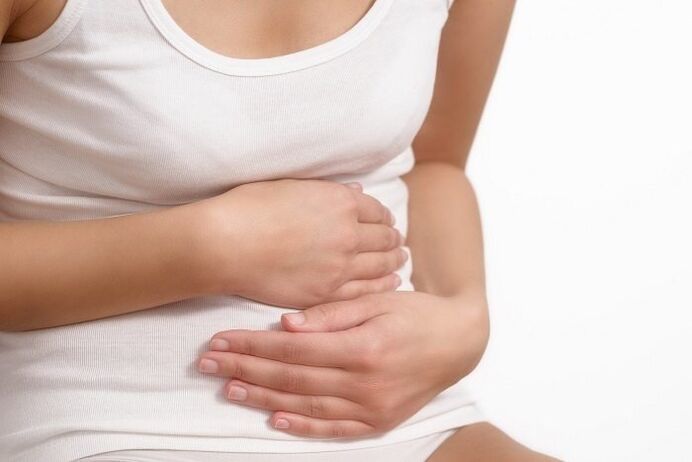
Young girls have an increased risk of breast worms entering the external genitalia, where females crawl out of the anus. This infection is associated with urinary incontinence and heavy discharge from the genitals. Lack of proper treatment can lead to a noticeable delay in the growth and physical development of the child.
Symptoms of roundworm and worm damage
Unlike common worms in mild climates, roundworms prefer warm, moist air. Ascaris infection is suspected when a child, in the absence of a respiratory disease, begins to suffer from a dry cough, which intensifies at night. This is due to the fact that parasites move throughout the body. Other symptoms include redness, fever, pale skin and dark circles under the eyes. With a severe form of the disease, inflammation of the gallbladder, nerve disorders and epileptic seizures are possible.
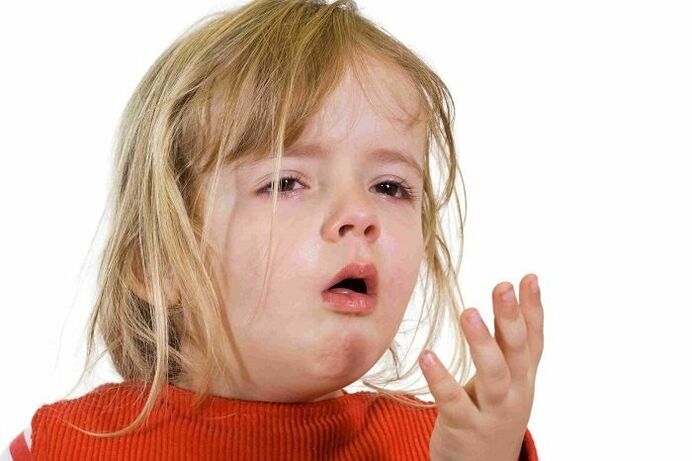
Infection with whipworms is usually slow or asymptomatic, but bloody diarrhea, anemia, and delayed physical development may occur.
Diagnosis of helminthiasis
If a child is suspected of being infected, a series of tests and examinations are necessary. Diagnostic methods will determine the type of parasite. The child must pass:
- fecal analysis for worm eggs - you should take it with a break of a few days;
- analysis for dysbiosis - determines the difference between the indicators of E. coli from the norm;
- a general blood test to determine the level of iron in the body;
- itching for breast worms.
Important! A single analysis for the presence of helminths in the feces in many cases does not detect parasites in the child's body. Re-examination of feces is of great importance.
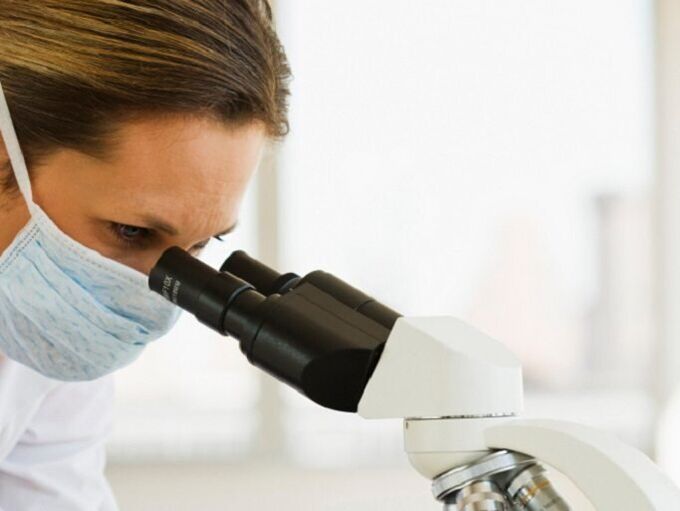
Since worms and roundworms die quickly outside the human body, it is recommended that fecal analysis be performed for the presence of helminths as soon as possible after a bowel movement. Scratching for worms should be performed at least once a year. It is mandatory when a child enters kindergarten, school or hospital.
To eliminate the risk of parasites entering other internal organs, ultrasound, endoscopic examinations and computed tomography are performed.
Characteristics of worm disease in an infant
Usually, worm infection in children occurs after 1 year. This is a period of active knowledge of the world, when the baby likes to study the objects around him, enjoying them. However, cases of helminth infection are also found in infants. Such diseases are considered a very serious problem, causing great damage to the still unprotected organism.
One of the main causes of the disease is helminth infection still in the uterus. If the expectant mother herself is a carrier of worms, their larvae during pregnancy can enter the fetus through the placenta. Infection can occur as the baby passes through the mother's birth canal. Thus, barely born, the baby is already a worm carrier.
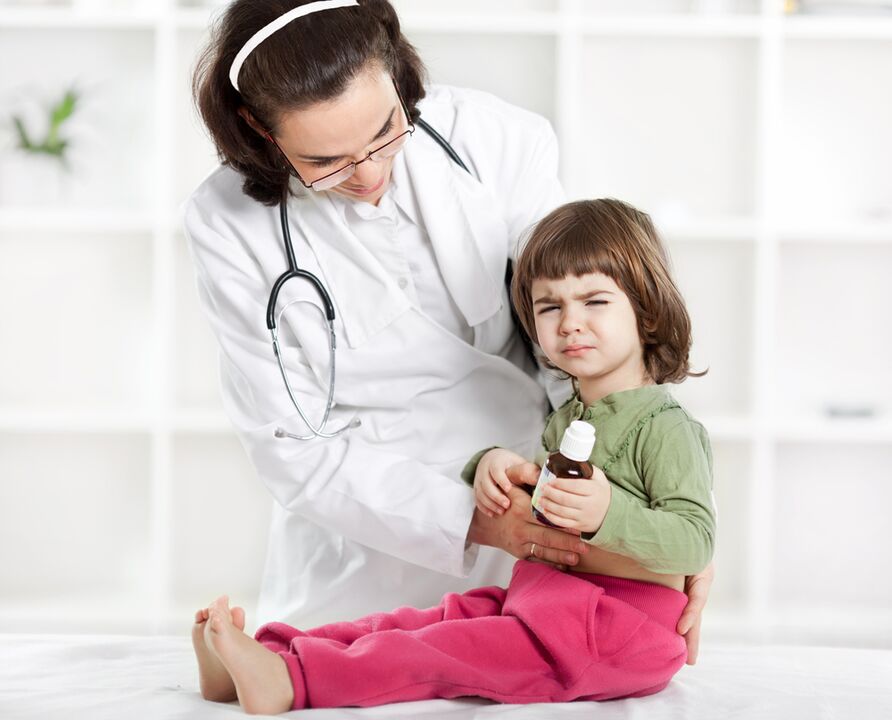
The risk of helminth infection in a baby increases when the baby starts to crawl. If the house has pets, the basic rules of hygiene are not observed, then it is easy for a child to collect all kinds of bacteria and parasites in her body.
It is much more difficult to make an effective diagnosis in infancy than in a child aged 1 year and older. Signs of helminthiasis in infants can be bowel disorders, inflammation around the anus and around the lips in girls, poor appetite and weight loss, irritability and anxiety. Even in the case of an insignificant probability of infection, you should tell the child to the doctor and do the necessary tests.
Traditional treatments
In most cases, treatment of helminthiasis takes some time. The child should be taken to a pediatrician, parasitologist and pediatric gastroenterologist. Medication treatment takes place in three phases: a period of cleansing the body of toxins, a course of anti-helminth therapy, and a subsequent cleansing and strengthening program.
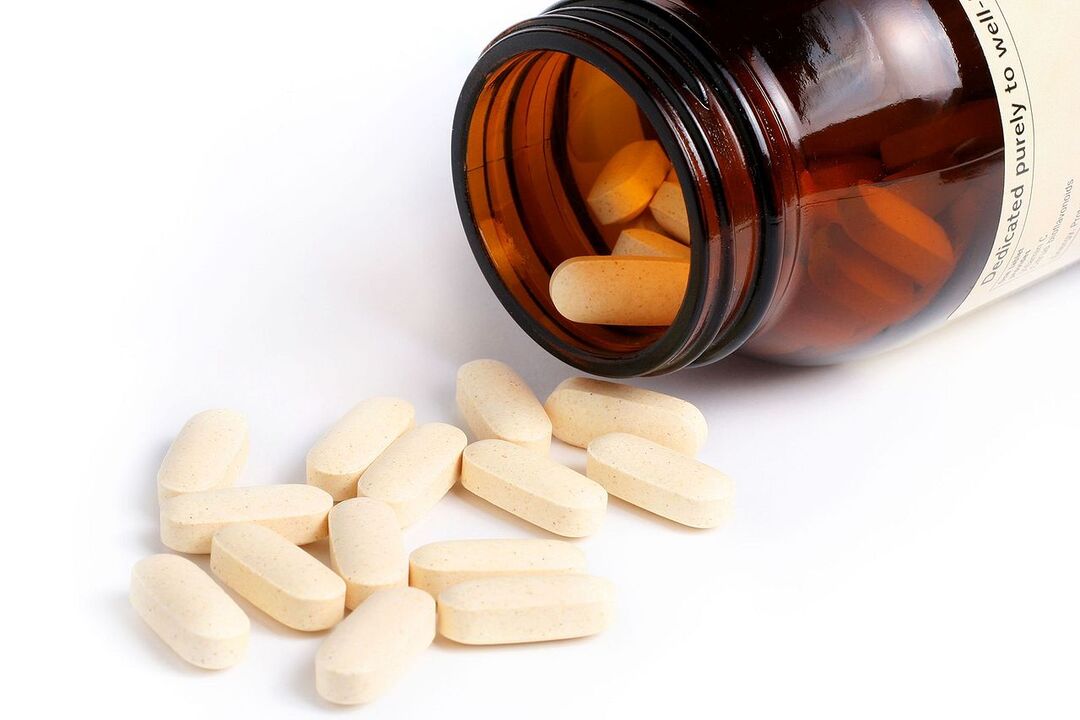
Preparations for worms
Before using antiparasitic agents, children are prescribed general body cleansing sorbents and antihistamines to relieve inflammation and manifestations of allergies. This is followed by taking anti-helminthic medications.
Important! Preparations for worms are toxic, so they can be taken only as recommended by your doctor, respecting the prescribed dose! Do not use strong drugs for prophylaxis!
When prescribing medication, the age of the child, the severity of the disease and the risk of side effects should be taken into account.
Pill formulations can be given to older children who are already able to swallow the pill. It is not uncommon for a child to refuse to swallow the pill or spit it out. Do not squeeze or squeeze the pill. You can try giving it to your child during play or with food. For infants and one-year-olds, medications in the form of a medical suspension are more appropriate. Antiparasitic agents act according to the following scheme: the first method destroys adult helminths and the second prevents larval maturation and reproduction.
Side effects usually indicate the death of parasites under the influence of the drug. To eliminate them, you can get activated carbon. But this should be done no earlier than after 24 hours, otherwise the effect of the anthelmintic agent will be reduced. In some cases, complex antiparasitic courses may be prescribed, which include several medications. Antihelminthic agents have a number of contraindications. They are not prescribed for children with malignant tumors, certain blood diseases and liver dysfunction.
To eliminate severe itching in the anus, anesthetics are prescribed, which relieve the feeling of irritation and burning. Zinc oxide in combination with beeswax or glycerin reduces itching and creates a protective layer in the anal area.
Important! Along with medication treatment, it is necessary to perform a general cleaning of the house. To do this, you must carefully wash and iron the sheets, process the baby's things and toys, and destroy the cockroaches and bedbugs at home.
During treatment, special attention is paid to diet. Protein foods, fermented milk products are recommended. Fiber-rich foods are beneficial for normal digestion and timely bowel movements. It is better to exclude sweets and baked goods from the diet.
How to get rid of parasites at home
Folk remedies are featured in many recipes that allow you to remove worms at home. Treatment with folk remedies helps not only in the removal of worms, but also has a beneficial effect on the vital activity of the child's organs. Consider traditional medicine more effective.
Enema
With the help of an enema, the decay products of helminths can be removed from the intestines, which even after their death continue to infect the body of the child. It is recommended to add a few cloves of garlic and a teaspoon of salt to the water for the procedure. Such an aqueous solution is better absorbed in the intestines. Before the procedure, the mixture is boiled and cooled to 36 degrees. Garlic water enemas are suitable for even the youngest children. During the procedure, there is a risk of helminth movement through the intestines. To avoid this, it is recommended to drink plenty of fluids before placing the enema.
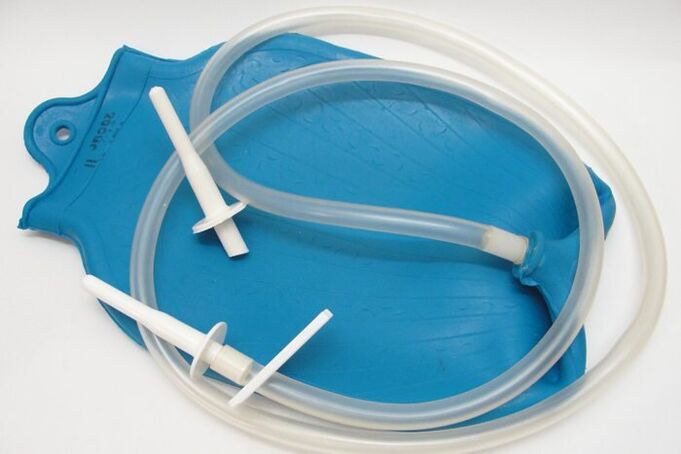
To get rid of worms, you can add garlic to hot milk, pour the mixture into a saucepan and sit the baby on it. Worms will crawl under the influence of garlic smoke. When performing such a procedure, you must be very careful not to burn the baby's skin.
Tansy
Tansy has gained a reputation as an excellent remedy for worms and roundworms because of its toxic essential oils. They are successfully used to remove parasites from the human body. The only caveat: for successful treatment, a large dose, which is designed for adults, is required. On the question of whether it is possible to give tansy to children as an anthelmintic agent, it is impossible to get a clear answer. The drug has a fairly long list of side effects: nausea, vomiting, high blood pressure, convulsions.
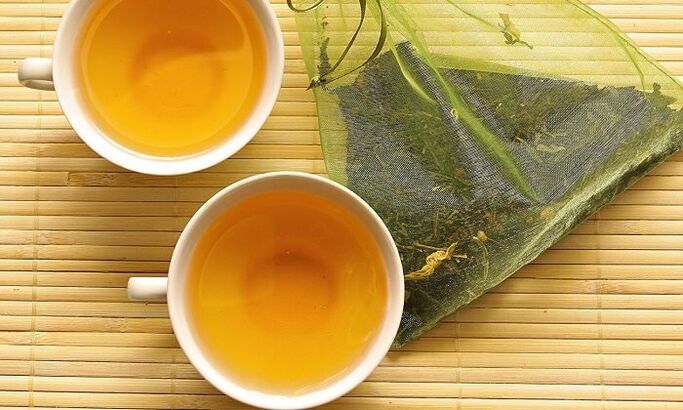
Important! A decoction of tansy can only be prescribed for a child at least 10 years old, whose weight is at least 30 kg. It is dangerous for preschool children to get tansy for worms.
Pumpkin seeds
This simple tool has been known since ancient times and was used by our ancestors. Pumpkin seeds, so dear to many people, act as an excellent remedy for parasites. Instead of seeds, you can give pumpkin seed oil, which is sold in pharmacies. Take half an hour before meals. For young children who still do not know how to eat seeds, you can cook pumpkin juice. For this, the seeds are crushed, poured with boiling water and kept in a water bath. The resulting liquid is injected for 24 hours and drunk after drainage.
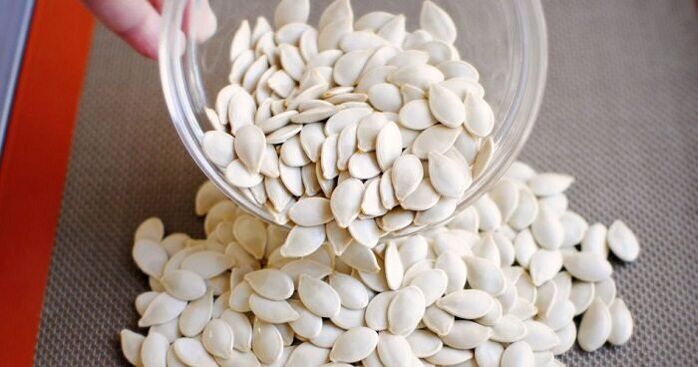
onions
Pour boiling water over the minced onion and leave for 12 hours. This infusion is drunk for several days. Onions and garlic are good for regular meals.
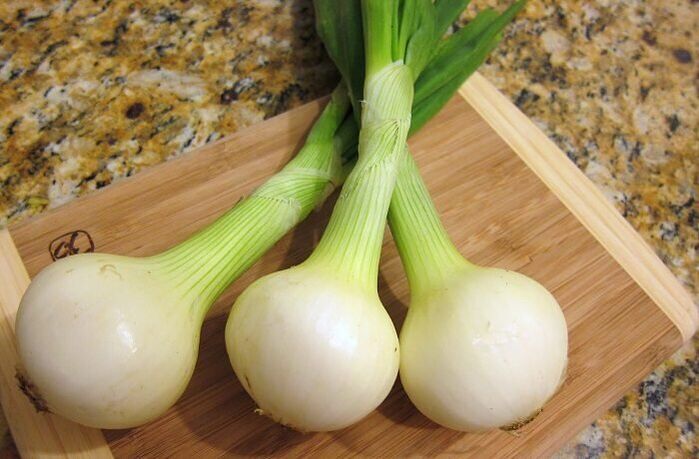
liquids
Carrot juice is considered the most popular in the treatment of worms. Of course it should be freshly squeezed. Useful juices from beets, pomegranate and cabbage, as well as infusions of rose. However, you should understand that it is impossible to get rid of helminths with juices alone. Therefore, their use on an empty stomach is considered as part of a comprehensive therapy against helminths.

Natural vegetable oils
Hemp, flax and cedar oil have antiparasitic properties. They are completely safe for babies. You can moisten a piece of cotton wool with oil and apply it on the baby's anus overnight. This action destroys the worm eggs, which the female lays during the baby's sleep.
Doctor for the treatment of worms
In his televised speeches, the famous doctor notes that it is possible to achieve success in treating worms only with the help of modern medicine. The doctor strongly advises parents not to self-medicate and consult a specialist in a timely manner.

In this case, it is important to determine which type of worm attacked the baby and which of the medications will have the most effective effect on him. By folk remedies, a well-known doctor advises pumpkin seeds, recommending a dose of 300 grams at a time. But the gnashing of teeth in the dream as a sign of helminthic invasion, the specialist considers an empty fabrication.
Prevention of helminthic diseases
To minimize the possibility of infection with parasites, preventive measures should be followed:
- make sure the child washes their hands as often as possible, especially before eating and after using the toilet;
- do not drink raw water;
- do not eat raw meat and fish;
- wash vegetables and fruits well;
- do not allow the child to touch stray dogs and cats with their hands and give anti-helminthic drugs to pets regularly;
- wash baby toys every day;
- cut short nails, under which the eggs of parasites usually accumulate;
- respect personal hygiene and cleanliness of the house;
- in autumn and spring, undergo anti-helminthic prophylaxis with the whole family.
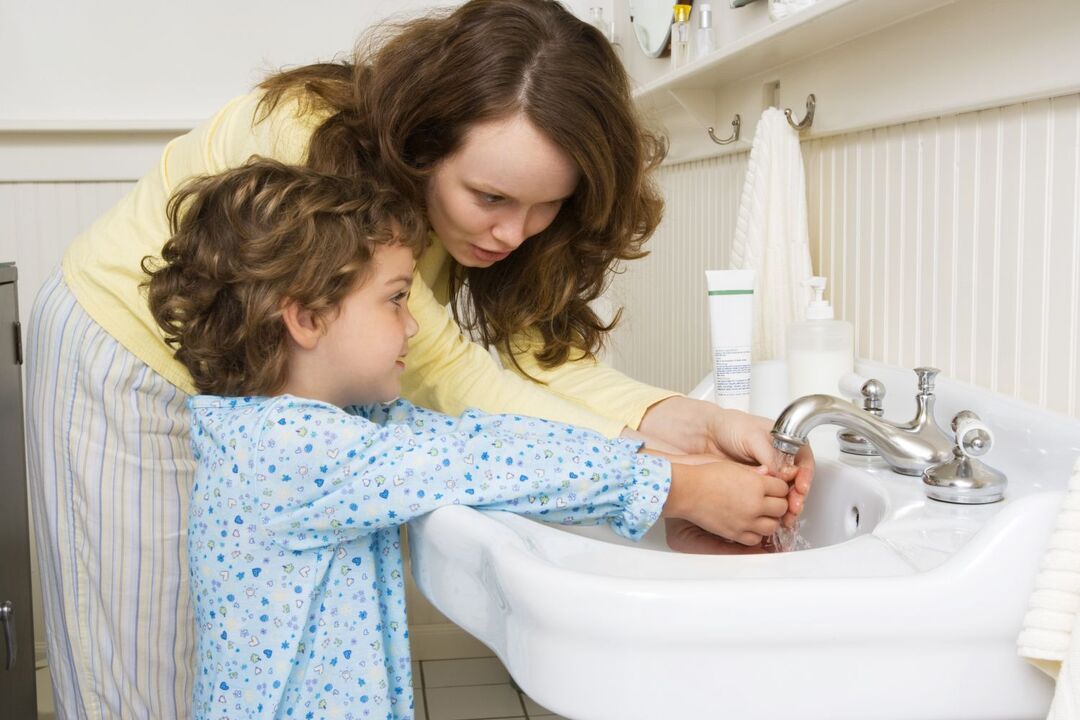
Compliance with all the rules is not an absolute guarantee of protection against parasites, but significantly reduces the risk of infection and its serious consequences.



























